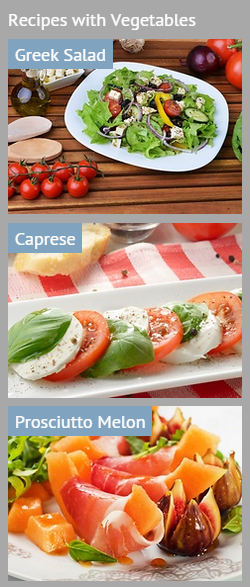Blueprint Developer Manual / Version 2104
Table Of ContentsRequirements
Most websites define business rules that require content to be classified into certain categories. Typical examples include use cases such as "Display the latest articles that have been labeled as press releases" or "Promote content tagged with 'Travel' and 'London' to visitors of pages tagged with 'Olympic Games 2012'" etc.
Keywords or tags are common means to categorize content. Employing a controlled vocabulary of tags can be more efficient than allowing free-form keyword input as it helps to prevent ambiguity when tagging content. Furthermore, a system that supports the convenient management of tags in groups or hierarchies is required for full editorial control of the tags used within a site.
Solution
Blueprint currently uses tag information in various ways:
It is possible to use the taxonomies of a content item as conditions for dynamic lists of content (such as "5 latest articles tagged with 'London').
In CoreMedia Adaptive Personalization tags can be used to gather information about the topics a site visitor is interested in (see
TaxonomyInterceptor).In CoreMedia Adaptive Personalization tag information representing the interests of visitors can be used to define Customer Segments, conditions for personalized selection rules and personalized searches.
It is possible to display related content for a content item based on content that shares a similar set of tags (see
CMTeasableImpl#getRelatedBySimilarTaxonomies).
In CoreMedia Blueprint tags are represented as
CMTaxonomy content items which represent a controlled vocabulary that is organized
in a tree structure. CoreMedia Blueprint defines two controlled
vocabularies: Subject and location taxonomies that can be associated with all types inheriting
CMLinkable.




